In-Demand Job Skills and the (Mobile) Learning Process
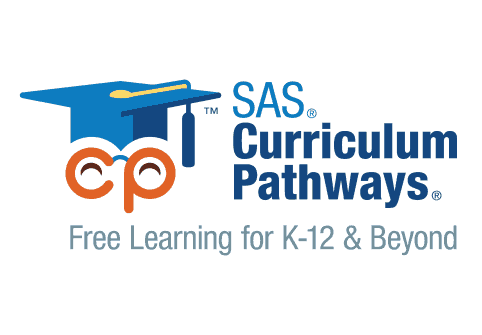
Lucy Kosturko
At a recent high school practice, an earnest young player asked her coach if he’d like to see her certificate from soccer camp. “I made an A,” she said. The coach—with characteristic athletic-department gruffness—was unimpressed: “Let’s see what you can do on the field.”
Today’s employers are like that coach: they’re less interested in credentials and accolades than in performance. That’s clear from the National Association of Colleges and Employers (NACE), which published survey data about the top skills employers demand from 2015 graduates. The usual suspects made the list: leadership and teamwork skills, responsibility, problem-solving and critical-thinking skills, autonomy, a strong work ethic, computer/technology fluency, written and verbal communication skills, ambition, creativity, and the ability to plan and prioritize.
Notice that the list doesn’t include a high GPA or AP courses or certificates from soccer camp. So where do the usual suspects for K-12 education come into play? How are the skills desired by today’s employers related to common metrics of K-12 success?
Process vs. Product: Self Regulated Learning
Employers aren’t concerned with the 5 a student received on her AP Economics exam (the product); they’re interested in the skills that resulted in that 5. In other words, the most valuable skills students learn are acquired through the process of their education.
While elements like background knowledge and access to tools/resources are important to the learning process, the ability to self-regulate cognition and behavior has proven to be a crucial factor—especially for skills like problem solving and critical analysis. Why? Because to engage in complex thought, one must compensate for personal limitations (e.g., the capacity of working memory or gaps in understanding). Therefore, effectively thinking at a high level and managing concurrent processes (i.e., embodying the skills in the NACE survey) demands self-awareness, motivation, and knowledge of strategies.
Such behaviors are known as self-regulated learning, which occurs when students know their strengths and weaknesses, set achievable goals, and are self-motivated to achieve those goals through a broad range of strategies. These students refine their skills based on past performance and respond to new situations by transferring their finely honed strategies. It’s thus no surprise self-regulatory skills are closely correlated with higher academic performance.
Good News
Self-regulatory skills are something one can develop. They’re not an innate skill, not something one either has or (tough luck) doesn’t. And the most effective time to develop self-regulatory behaviors is during the learning process. Every note students take, every paragraph they read, every second they are in school, they have opportunities to model, encourage, and provide feedback on the skills employers value.
But taking the time to engage in such instruction is difficult, and, thus, often left out of daily lesson planning.This isn’t because teachers don’t want their students to have such skills. Quite the opposite, a self-regulated student is a teacher’s dream! So here’s even better news. The ubiquity and power of mobile devices make them the perfect companion for SRL instruction.
Mobile-Based Strategies for Developing Self-Regulated Learners
I’d be lost without my smartphone. It knows when and where I need to be, it’s my help-seeking tool, and it extends my working memory. The same is true for many students, whether they’re using their personal or a school-provided device. More than ever, then, we’re equipped to embed SRL instruction and modeling into daily learning and help students become lifelong learners— learners employers seek to hire.
SRL instruction can occur at both the local and global level. At the global level, we want to empower students to take control of their education and manage their schoolwork across classes and extracurricular activities. This involves aggregating the management of tasks into one space, modeling a variety of SRL behaviors and strategies, and allowing students the autonomy to adopt the methods they find most productive.
Guess what? There’s an app for that!
SAS Data Notebook
Designed with self-regulatory principles in mind, SAS Data Notebook provides integrated support for goal setting, progress monitoring, reflection, and communication. Students can use built-in templates to create mission statements, set goals, generate checklists, reflect using plus/deltas, create and practice spelling lists, and plot histograms of their quantified performance. SAS Data Notebook also includes a blank page and scratch paper template that enables students to load pictures and drawings. Students can also add sections to set, monitor, and reflect on individual goals by subject. The portability of the iPad easily allows SAS Data Notebook to be used both in and outside of school in order to capture a comprehensive portfolio of the student’s academic life. See SAS Data Notebook: Creating Lifelong Learners.
Writing Navigator
At the local level, our ability to self regulate can be domain- or task-specific. Being metacognitively aware about the quality of one’s writing can be difficult. So schools often target the…you guessed it…product as opposed to the process. More than producing a quality essay, writing instruction is concerned with helping students understand the purpose of their writing, how are the main points organized and conveyed, where revisions are needed, and when it is time to publish. Basically, we want students to ask the questions professional writers ask themselves automatically. Allow me to introduce SAS Writing Navigator, your new tool for taking writing instruction to the next level.
A 4-tool series, SAS Writing Navigator guides students through the writing process: planning, drafting, revising, and publishing. Writing Planner uses a graphic organizer format to get students thinking about their purpose, audience, and main ideas. From here, their work is sent to the Writing Drafter where students transform their rough ideas into an essay. Again, students’ are encouraged to think critically about their purpose and audience.
Then student essays are sent to Writing Reviser, the most popular resource in SAS Curriculum Pathways…and NOW available as a Google Docs add-on! Writing Reviser focuses students’ attention on their purpose and audience, essay structure, and use of written language (sentence economy, variety, power, and clarity). Areas potentially in need of revision are highlighted and instructional prompting and tools help students make informed decisions about their work. As a result, they begin to express themselves with greater precision and power. Run your last email through the Writing Reviser—I dare you!
Finally, the Writing Publisher is the proofreading gateway. Students are forced to slow down and take one last look at their work before publishing. This feature helps students to see their text anew: they review what they’ve actually written rather than what they meant to write.
Dorianne Laux — director of the creative writing program at NC State University, author of five poetry books, winner of a Guggenheim Fellowship—comments on what makes that series special:
“Writing Navigator isn’t just about surface details: this is right; that is wrong. No one learns to write effectively and memorably from a merely prescriptive, schoolmarm approach—a bunch of abstract Do’s and Don’ts. This interactive product goes deeper than that. It prompts students to make creative decisions, to discover what they want to say, to reach for what Coleridge called ‘the best words in the best order.'”
Verbal communication and problem-solving skills are seldom formally assessed in school, but they are heavily weighted in job applications and interviews. “Education,” W.B. Yeats famously said, “is not the filling of a bucket, but the lighting of a fire.” Using high-quality products that help students model and reflect on the learning process can provide the spark essential to that transformation.
This blog is part of a series brought to you by SAS Curriculum Pathways (Sign up for your free account at www.sascurriculumpathways.com/signup). For more, stay tuned in November for the final published project, Getting Smart on Tomorrow’s Classroom: Free Innovative Tools, Resources, and Apps and check out additional related posts:
- Information is the Key to Data-Driven Teaching
- 5 Projects for Your Project-Based Learning Classroom This Year
- SAS Curriculum Pathways Provides Online Resources at No Cost
Lucy Kosturko is a Research Scientist at SAS Curriculum Pathways. Follow SAS Curriculum Pathways on Twitter, @SASeducator.


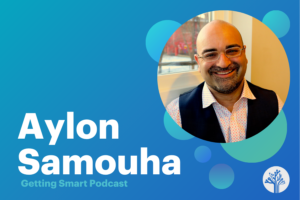
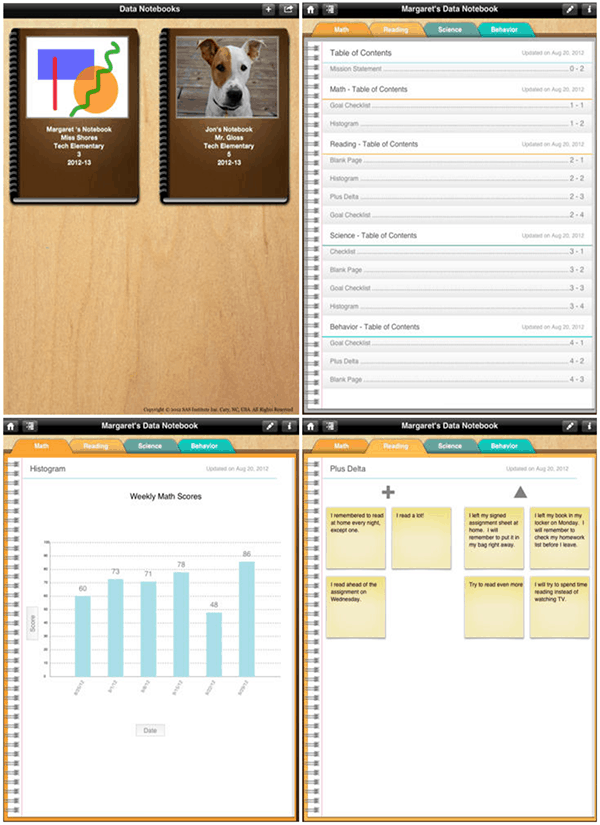
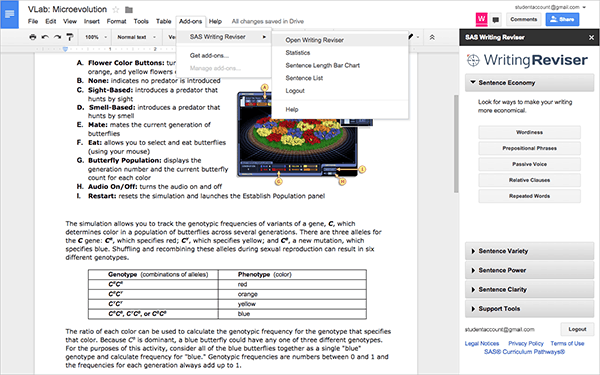



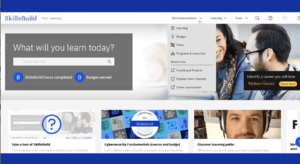
0 Comments
Leave a Comment
Your email address will not be published. All fields are required.